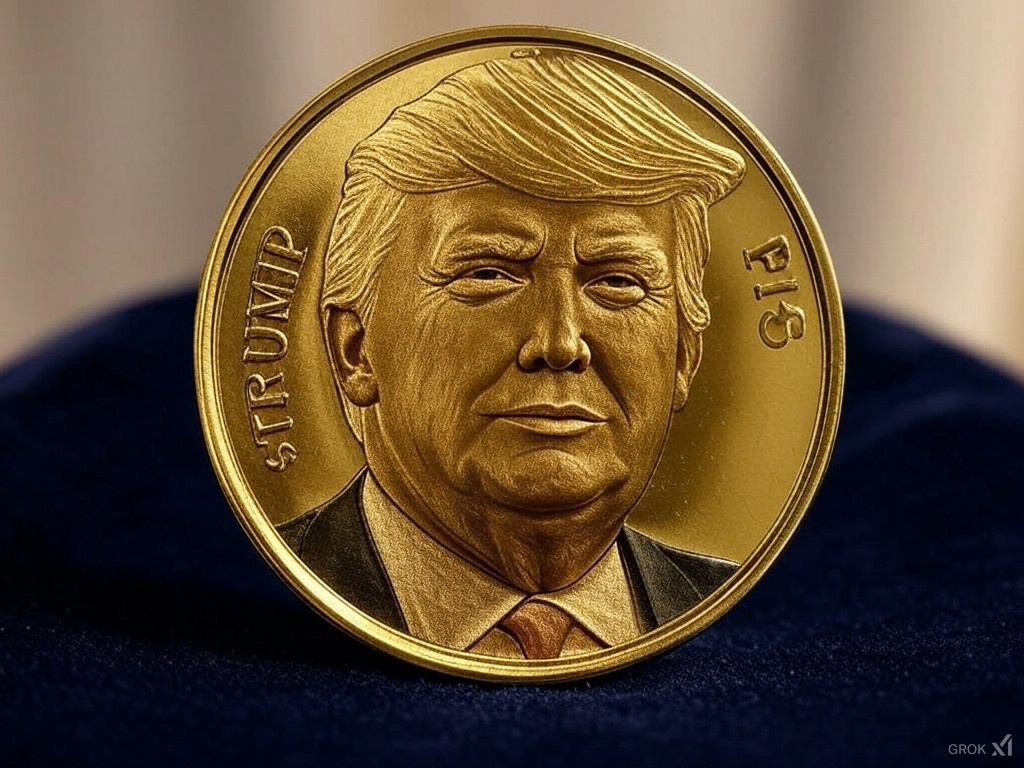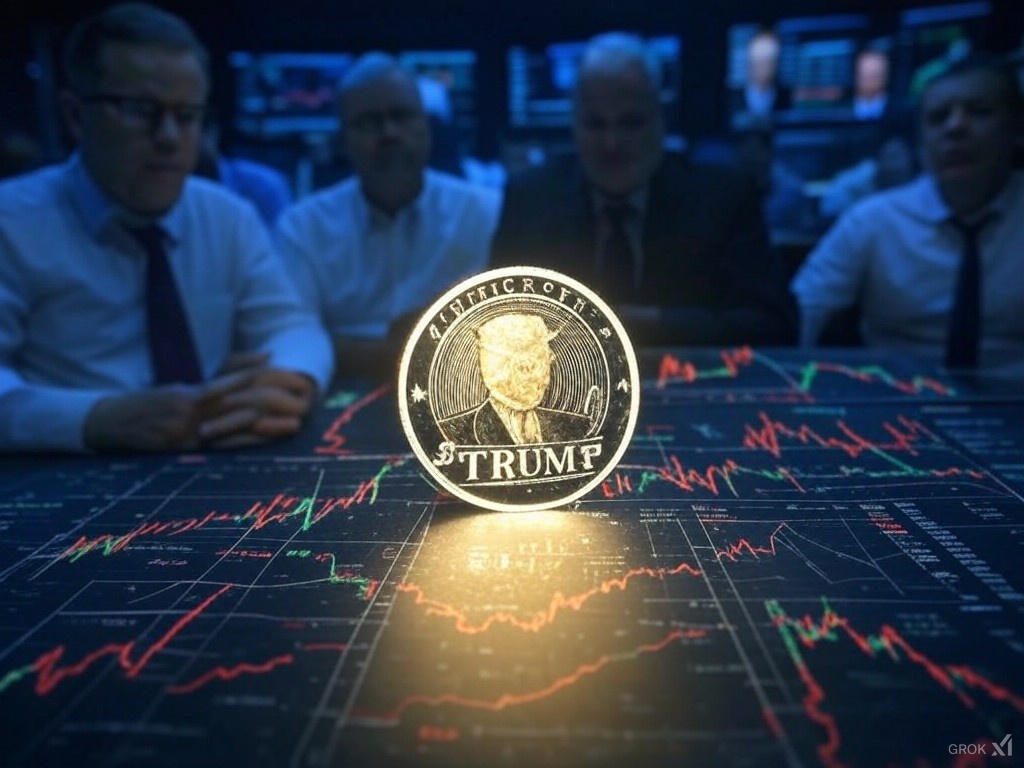The launch of $TRUMP, a cryptocurrency linked directly to former President Donald Trump, has sparked intense speculation and debate within the crypto community.
Given the political figure's influence and the volatility inherent in meme coins, the potential impact on the broader crypto market is a topic of significant interest.
Here's a comprehensive look at the situation:
Immediate Market Reaction
Upon its launch, the $TRUMP coin experienced a significant surge in interest, quickly amassing billions in market cap. This phenomenon is not uncommon for celebrity or politically themed cryptocurrencies, which often benefit from the immediate hype and fervor surrounding their announcement. However, the initial bullish sentiment doesn't always translate to long-term stability or growth.
- Market Cap Surge: Reports indicate that within hours of its launch, $TRUMP hit a market cap of 9 billion, showcasing a classic "pump" phase common with meme coins. However, this rapid rise could be a prelude to a significant "dump" as initial investors cash out their profits.
- Liquidity Concerns: There have been observations that $TRUMP has absorbed a considerable amount of liquidity from the market, potentially leading to a liquidity crunch in other areas of the crypto landscape. This could cause volatility or even a temporary market correction.
Historical Precedents
The crypto market has seen similar events with celebrity-linked tokens in the past:
- Trump NFTs: Earlier, Trump's NFT trading cards followed a similar pattern where they sold out fast but then lost substantial value. This historical behavior suggests that $TRUMP might follow suit, with an initial pump followed by a significant drop in value.
- Meme Coin Dynamics: The history of meme coins like Dogecoin shows that while they can achieve massive short-term gains, they are also prone to sharp declines once the hype dissipates or when influential figures like Elon Musk make comments that sway market sentiment.
Regulatory and Political Implications
 The involvement of a high-profile political figure like Trump in cryptocurrency introduces another layer of complexity:
The involvement of a high-profile political figure like Trump in cryptocurrency introduces another layer of complexity:
- Regulatory Environment: Trump's administration has been described as potentially crypto-friendly, with promises to ease regulations and possibly even create a strategic Bitcoin reserve. This could lead to short-term optimism but might also set the stage for increased speculation and subsequent market instability if not managed properly.
- Political Risk: The coin's association with Trump could be seen as a double-edged sword. While it might attract investors who support him, any political scandal or negative news could directly impact the coin's value, potentially dragging down the broader market sentiment.
Long-term Market Health
- Innovation vs. Speculation: There's a concern that the success of $TRUMP might encourage a flood of similar, less substantive projects into the market, potentially stifling genuine innovation in the crypto space. This could lead to a market crowded with speculative assets, increasing the risk of a broader market correction.
- Market Sentiment: Posts on platforms like X (formerly Twitter) suggest that while some see $TRUMP as a bullish event for crypto, others fear it's a harbinger of an unprecedented bear market due to the speculative nature of such investments.
Conclusion
While the immediate effect of $TRUMP has been bullish, the long-term implications are far from clear. The crypto market is notoriously volatile, and while celebrity or political endorsements can drive short-term gains, they also introduce significant risks.
The potential for a market crash post-$TRUMP largely depends on how the market absorbs this new liquidity, the regulatory changes that might follow, and the broader sentiment towards cryptocurrencies. Investors would do well to approach such developments with caution, understanding that while there might be immediate gains, the sustainability of these gains is highly speculative.
As the crypto market continues to mature, events like the launch of $TRUMP serve as a litmus test for its resilience against speculative bubbles, highlighting the need for a balanced approach between innovation, regulation, and investor caution.
READ MORE:






